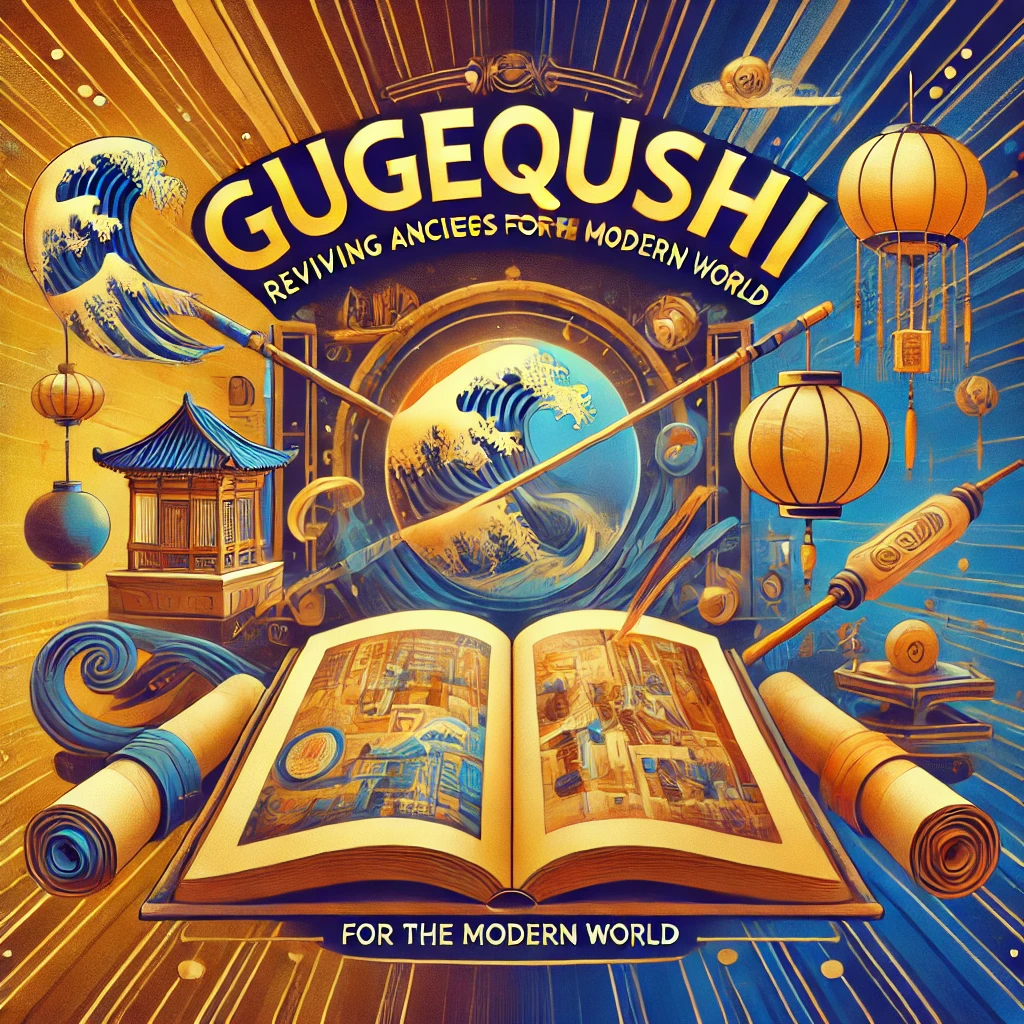Introduction
In the vast tapestry of human culture, storytelling stands as one of the most enduring and cherished traditions. It is through stories that societies have conveyed morals, preserved histories, and fostered communal bonds. One such rich storytelling tradition is Gugequshi, a unique art form deeply rooted in Chinese culture. This article delves into the origins, evolution, and contemporary revival of Gugequshi, highlighting its significance in preserving cultural heritage and its impact on modern audiences.
The Origins of Gugequshi
Historical Context
Gugequshi, translating to “ancient song narrative,” traces its roots back over a millennium in China. Initially, it was an oral tradition where itinerant storytellers traveled between villages, captivating audiences with tales of heroism, morality, and folklore. These storytellers played a pivotal role in disseminating cultural values and communal knowledge, especially in eras when literacy was not widespread.
Evolution Through Dynasties
Throughout various Chinese dynasties, Gugequshi evolved, absorbing regional flavors and adapting to societal changes. During the Ming and Qing Dynasties, it gained prominence in urban centers, transitioning from informal gatherings to more structured performances in teahouses and theaters. This period marked a significant transformation as the art form began to incorporate musical instruments and elaborate costumes, enriching the storytelling experience.
Key Elements of Gugequshi Performances
Narrative Techniques
At its core, Gugequshi is characterized by its compelling narrative techniques. Performers employ a blend of prose and verse, utilizing rhythmic speech patterns that enhance the musicality of the storytelling. This rhythmic narration not only aids in memorization but also engages listeners, creating an immersive experience.
Musical Accompaniment
Music is integral to Gugequshi performances. Traditional Chinese instruments such as the pipa (a four-stringed lute) and erhu (a two-stringed fiddle) accompany the storyteller, providing an emotional undercurrent that complements the narrative. The melodies are carefully chosen to reflect the mood of the story, be it sorrowful, joyous, or suspenseful.
Costuming and Visuals
Elaborate costumes and minimalistic props are utilized to enhance the visual appeal of Gugequshi. Performers often dress in traditional attire that reflects the characters they portray, adding a visual dimension that enriches the audience’s imagination. While the emphasis remains on oral narration, these visual elements serve to anchor the story in a tangible cultural context.
The Decline and Revival of Gugequshi
Challenges in the Modern Era
With the advent of modern entertainment mediums such as television and the internet, traditional art forms like Gugequshi faced a steep decline. The fast-paced nature of contemporary life led to dwindling audiences, and the number of skilled practitioners diminished. This decline posed a significant threat to the preservation of this cultural heritage.
Revival Efforts
In recent years, there has been a concerted effort to revive Gugequshi. Cultural organizations and passionate individuals have initiated programs to document and teach this art form to younger generations. Workshops, festivals, and academic studies have played a crucial role in rekindling interest and ensuring the transmission of skills and knowledge.
Gugequshi in Contemporary Society
Modern Adaptations
To resonate with today’s audiences, Gugequshi has undergone adaptations. Performers are integrating contemporary themes and issues into traditional narratives, making the stories more relatable. Additionally, collaborations with other art forms such as theater and digital media have expanded its reach and appeal.
Global Recognition
The unique charm of Gugequshi has transcended cultural boundaries, garnering appreciation on international platforms. Performances at global cultural festivals have introduced this art form to diverse audiences, fostering cross-cultural understanding and appreciation.
The Cultural Significance of Gugequshi
Preservation of Heritage
Gugequshi serves as a vessel for preserving Chinese cultural heritage. Through its stories, it encapsulates historical events, societal norms, and philosophical teachings, offering insights into the values and beliefs of ancient China.
Educational Value
Beyond entertainment, Gugequshi holds educational significance. It imparts moral lessons, encourages critical thinking, and enhances listening skills. In educational settings, it has been employed as a tool to teach language, history, and ethics, demonstrating its versatility as a pedagogical instrument.
Challenges and Future Prospects
Sustaining Interest
One of the primary challenges facing Gugequshi is sustaining interest among younger generations. In a digital age dominated by instant gratification, the patience required to appreciate traditional storytelling is waning. Addressing this requires innovative approaches that blend tradition with modernity.
Integration with Technology
Embracing technology presents both challenges and opportunities for Gugequshi. Digital platforms can serve as avenues for wider dissemination, allowing virtual performances and interactive storytelling sessions. However, ensuring that the essence of the art form is retained in these new mediums is crucial.
Conclusion
Gugequshi stands as a testament to the enduring power of storytelling. Its rich history and cultural significance underscore the importance of preserving such art forms in our rapidly changing world. As efforts to revive and adapt Gugequshi continue, it not only enriches Chinese cultural heritage but also offers universal lessons on the human experience, resonating with audiences across the globe.



